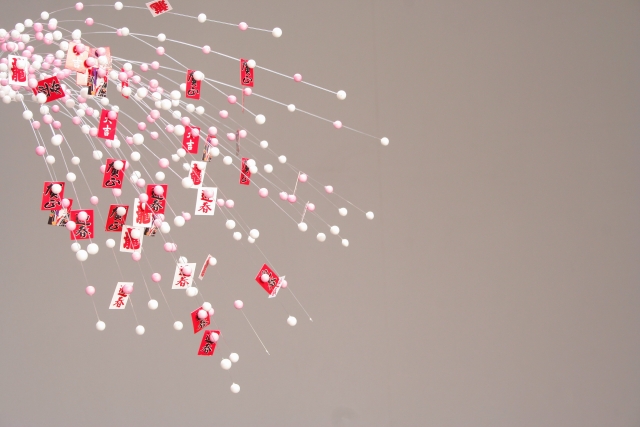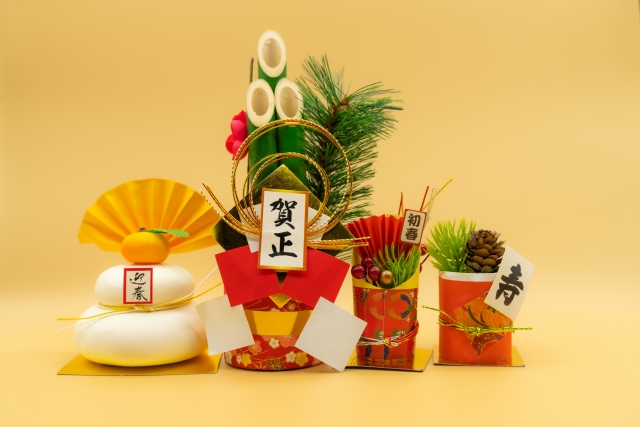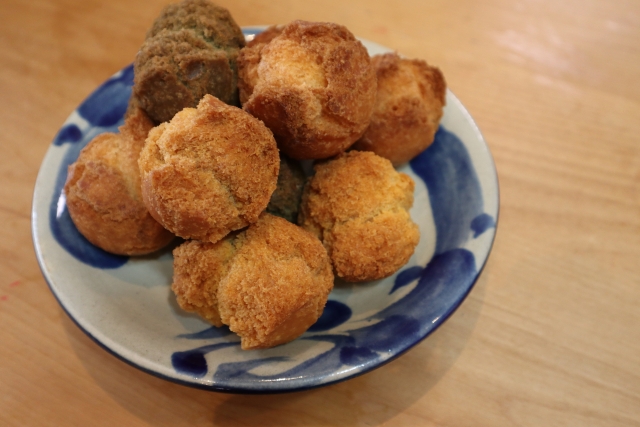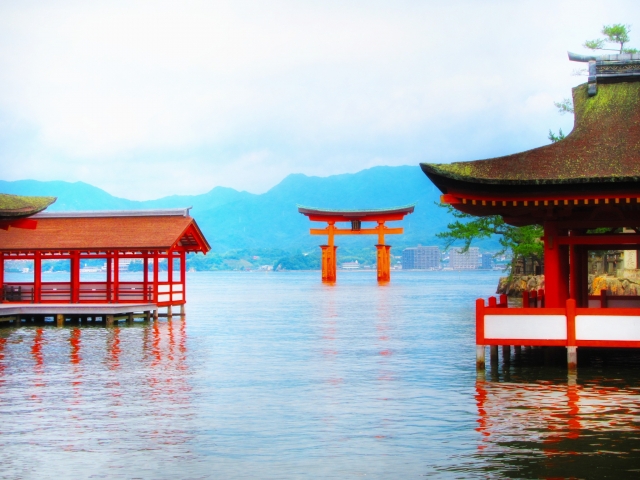What are Shogatsu Kazari(New Year’s decorations)? How long do we display them?
In Japan, once the three days of the New Year are over and schools and companies begin to open, people begin to remove New Year decorations such as kadomatsu and kagamimochi.
However, one may wonder about the rules regarding when to display these decorations, when to remove them, and whether there are any differences between Kanto and Kansai regions.
On this page, we will look at when to display New Year’s decorations, how long to display them, and their types and meanings.

Click here to learn Japanese language with the best one-on-one Japanese tutoring lessons in person or online.
Contents
From when to when should they be displayed?
As a conclusion, it is best to display New Year’s decorations on December 28. Any other day is fine, but this day is the best. First of all, December 13 is called “Shogatsu Jikkatzume,” or the day to begin preparations for the New Year since ancient times. Therefore, there is no problem to start decorations on this day.
However, as it is before Christmas on the 25th, it seems a little early in this day and age. Some may say, “That’s a little early,” but some communities continue to observe this day. Considering that decorations are displayed on December 31, they are called “overnight decorations” and are often shunned.
This is because it is considered disrespectful to the Toshigami-sama, the New Year gods who welcome the New Year. It is also believed that New Year’s Eve is too hectic to decorate calmly.
It is also said that decorating on the 29th should also be avoided, since the number 9 is associated with “suffering,” and 29 is considered “double suffering. However, in some regions, the number 29 is read as “Fuku” and is decorated on this day. This is a great idea. Based on the above, the 26th, 27th, 28th, and 30th remain as candidates for decorating even after Christmas is over.
If you have time, you can choose any of them, but I would conclude that the 28th, with its auspicious “eight” is the best. If you are worried about the 28th being “butsudai,” then choose a good day among the 26th, 27th, and 30th.
If it were me, I would choose the 28th even if it is “Buddha’s death. In any case, let’s decorate with a wish for a good year next year.

How long should they be displayed?
Next, let us consider how long we should display New Year’s decorations. In the Kanto region, kadomatsu and shime-mochis are displayed until January 7, and kagamimochi until January 11. In Kansai, kadomatsu and shime-mochis are displayed until January 15, and kagamimochi until January 20.
The period for decorating in the Kanto and Kansai regions differs. This is because the “Matsu-no-uchi” period is seven days in the Kanto region and 15 days in the Kansai region. On January 6, 1662 (according to the lunar calendar), the Shogunate issued a notice to each castle that decorations would end on January 7. However, this did not reach as far as the Kansai region, and thus the date of “Matsu-no-uchi” is different.
Kagamimochi (mirror-shaped rice cakes) are displayed until the day of Kagamibiraki, and the period during which they are displayed differs from that of kadomatsu and shimekazari.
Types and Meanings of New Year’s Decorations
Let us briefly review the types and meanings of New Year’s decorations.
Kadomatsu
Kadomatsu is a decoration placed in front of the gate. It is also called “pine decoration” or “ornamental pine. It has the meaning of a yorishiro (something to which the gods or spirits depend) to welcome the New Year’s gods into the house.
Shime Kazari
Shime-Kazari are also decorated to worship the New Year’s god. Today, many decorations are hung not only on the front door, but also on kadomatsu and kagamimochi.
Kagamimochi
Kagamimochi are rice cakes offered to the New Year God.

Conclusion
Shime-Kazari decorations are displayed at gates during the New Year to ward off evil spirits. A sacred rope is used to indicate a clean place to welcome the gods, and shimenawa decorations are made by attaching lucky charms such as mandarin oranges, ferns, and lobsters to the sacred rope.
Each lucky charm has its own meaning, for example, orange means prosperity of offspring. After the New Year’s holiday, the shimekazari are taken to shrines along with kadomatsu and other ornaments to be burned.
Kadomatsu are decorations combining pine branches with bamboo and plum trees, and a pair of kadomatsu is displayed in front of the gate of a house on New Year’s Day. In Japan, the pine, bamboo, and plum trees are believed to bring good luck, and the pine tree in particular has long been revered as a symbol of longevity.
Originally, kadomatsu were used to welcome the god of the year, but nowadays they are often considered as one of the New Year’s decorations.
- Shogatsu decorations are usually placed in front of the house during December.
- It is recommended to decorate on December 28th.
- It is recommended to decorate on December 28th. o They should be displayed until “Matsunouchi” ends, but there are differences between Kanto and Kansai regions. (except for Kagamimochi)
- Kagamimochi should be displayed until “Kagamibiraki”, but this date also differs between Kanto and Kansai regions.
Related article:










